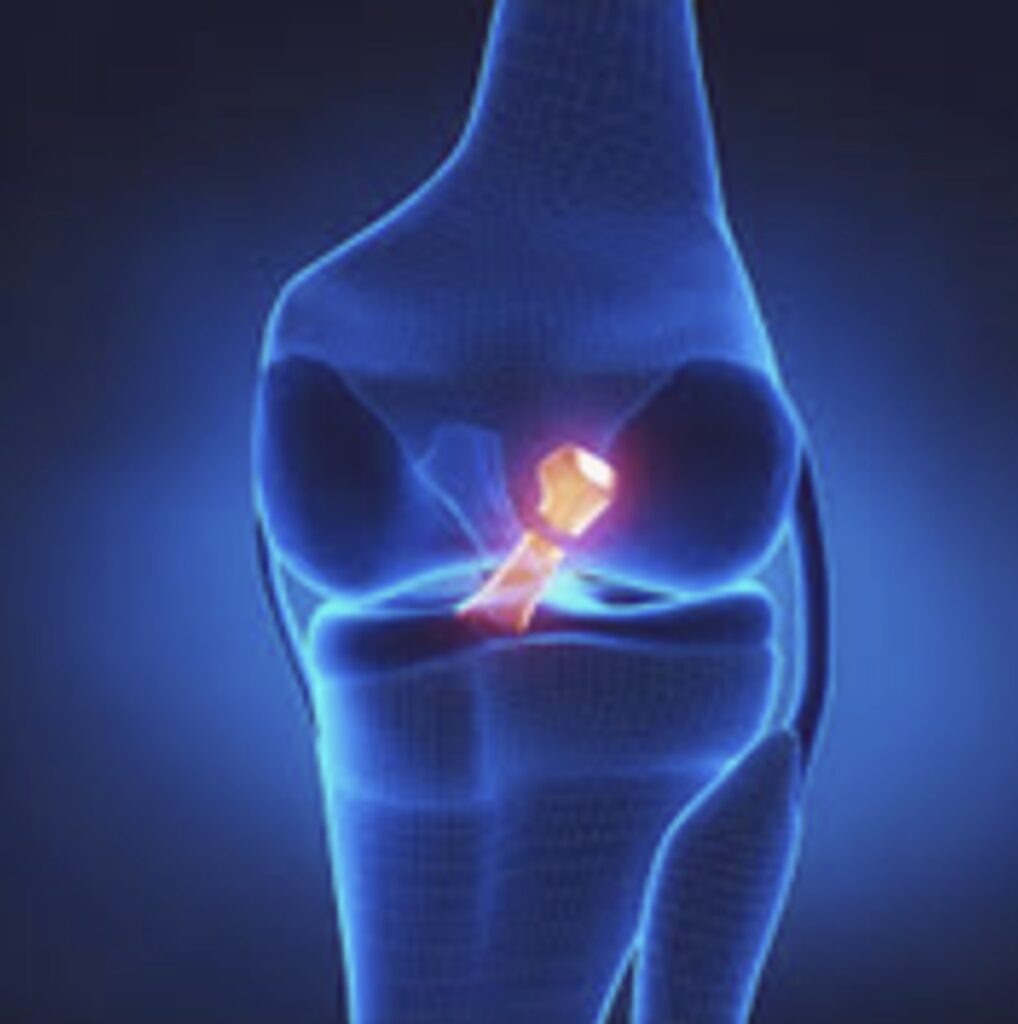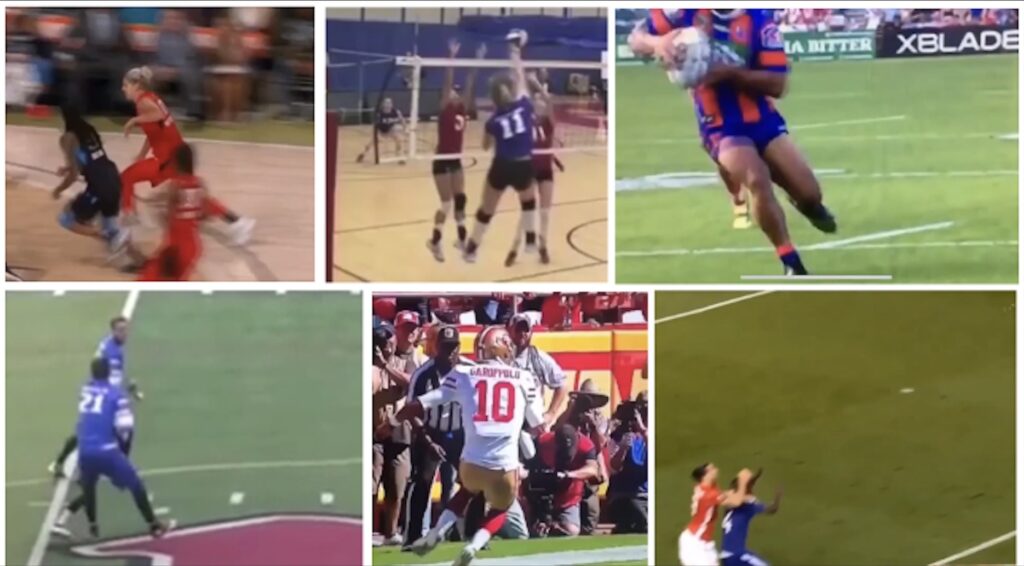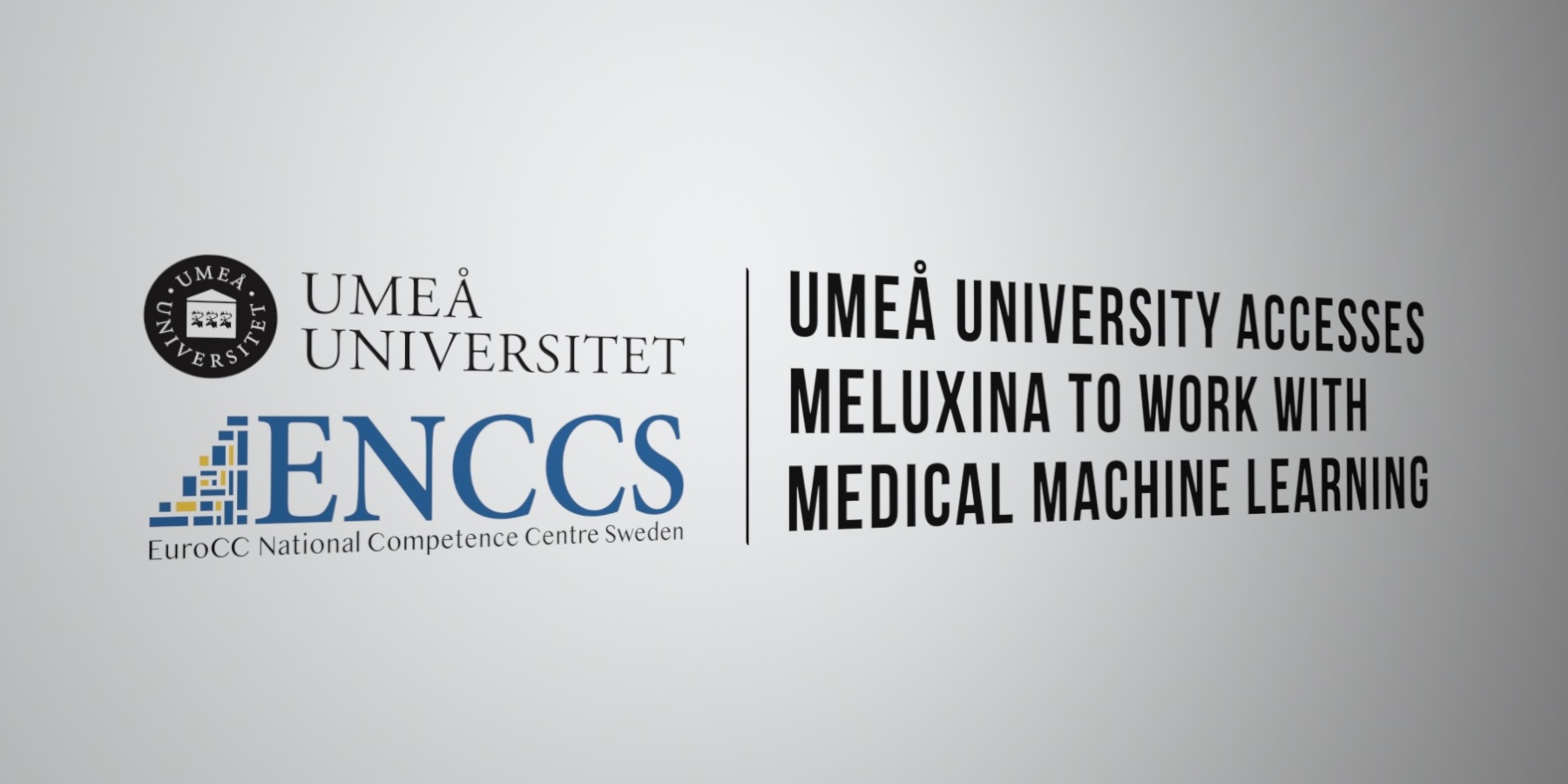Umeå University in the North of Sweden has gained Development Access to the EuroHPC JU supercomputer MeluXina to work on medical machine learning.
The supercomputing access includes two related projects.
- Kalle Prorok’s post-work Multi-Agent Deep Reinforcement Learning (MARL) project based on his 2001 thesis and
- the project Intelligent Wearable Sensors for individual field-based assessment and feedback to improve movement control after knee injury (Anterior Cruciate Ligament, ACL) - steps towards precision medicine lead by prof Charlotte Häger. Dept of Community Medicine and Rehabilitation; Physiotherapy.
Technical/scientific challenge
- MARL: Taking decisions under incomplete information/unknown conditions and how coordinating them together to maximize the utility.
- ACL: How to analyze and model multi-dimensional non-linear medical/biological data.
In MARL the group uses algorithms like variants of DQN, AlphaZero, and Monte-Carlo Tree Search (MCTS). As the complicated model world, they used a card game, Bridge, where 4 players try/learn to interact (Kalle Prorok was previously a member of the Luxembourg National Bridge Team). The programming language Julia is used to simplify programming (compared to C++) and still execute fast including on GPUs and using lots of memory.
In ACL they use statistics and Deep Learning; typically 1D CNN but also many other methods for time-series classification. GPUs come in handy for speed-up. The Python language is used for its many powerful libraries like Tensorflow/Keras, sktime, etc.
Scientific impact
Learning how to cooperate/synchronize/adversarial compete etc when making pseudo-probabilistic decisions is important basic research knowledge. These types of new algorithms are also important i.e. Complicated Nuclear Fusion Power Control where the plasma is controlled by many cooperative controllers.

Knee injuries are very common, especially of the anterior cruciate ligament (ACL). They often occur in sports and ~ 70% of these are non-contact situations such as landing from a jump, sudden deceleration, and/or while cutting. This indicates a failure of the individual’s sensorimotor control which is however difficult to assess.
The U-Motion Laboratory at Umeå University collects large and complex data on human movement behavior during various functional tasks following such injuries. Tasks involve for instance balancing, walking down stairs steps, or different hops. The data comprise kinematics, kinetics, and also signals from muscle recordings, so-called electromyography.
There is no consensus on how to evaluate the movement control following injury, while the risk for secondary injuries is high and for serious consequences, like developing osteoarthritis. If the sensorimotor control assessment after ACL injury improves, then it may be possible to prevent secondary injuries and knee osteoarthritis, thus saving suffering of the individuals and large costs for the society for sick leave, rehabilitation, and possible surgeries like reconstruction, but also eventually replacement of joints due to severe osteoarthritis.

Benefits
By having methods to make reasonably good decisions even if the information is lacking or uncertain, the outcome can be better.
In the case of an ACL injury, if the sensorimotor control assessment improves, it may be possible to prevent secondary injuries and knee osteoarthritis and improve rehabilitation targeting the individual needs. This will reduce the suffering of the individuals and bring down large costs for the society for sick leave, rehabilitation, and possible surgeries like reconstruction, but also possible replacement of joints due to severe osteoarthritis.
The research group is currently in a transdisciplinary effort evaluating deep learning models to classify individuals with ACL reconstruction as having high or low fear based on their movement pattern during a challenging rebound side-hop. Preliminary analysis demonstrates a classification rate of about 75%.
Get supercomputer access for your project
If you want your group to work with the fastest supercomputers in the world contact us or learn more here.








